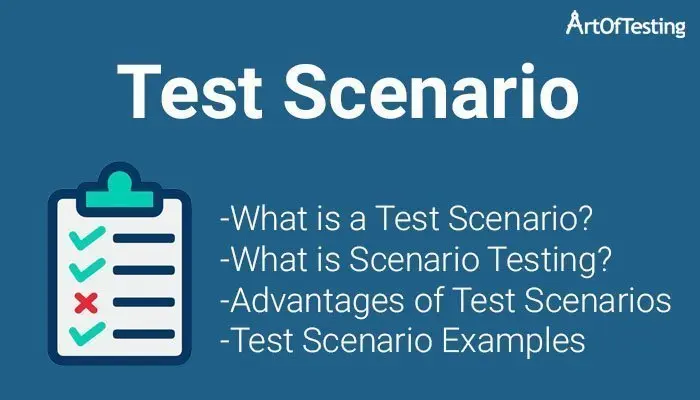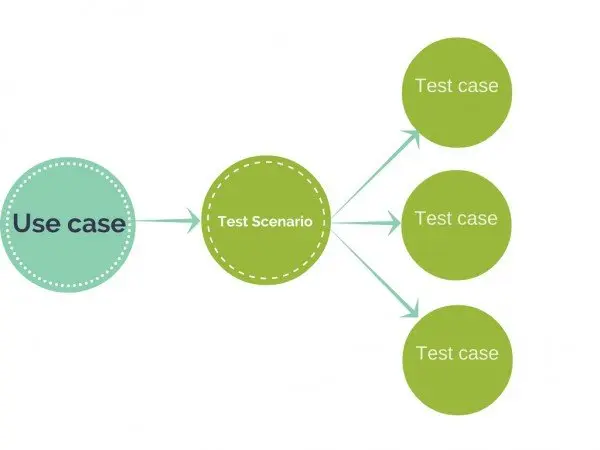

In this tutorial, we will learn everything we need to know about test scenarios and scenario testing. Before starting with test scenarios and scenario testing, let’s first understand – what is a scenario?
A scenario is a credible and coherent story about how someone can use an application.
A Test Scenario is a statement describing the functionality of the application to be tested. It is used for end-to-end testing of a feature and is generally derived from the use cases.
Test scenarios can serve as the basis for lower-level test case creation. A single test scenario can cover one or more test cases. Therefore a test scenario has a one-to-many relationship with the test cases.

As an example, consider a test scenario – “Verify that the user is not able to login with incorrect credentials”. Now, this test scenario can be further broken down into multiple test cases like-
Obviously, the test cases will have a well-defined format, explained in this post – Test case template.
Scenario testing is a type of testing carried out using scenarios derived from the use cases. Also, using scenario testing, complex application logic can be tested using easy-to-evaluate test scenarios.
Some characteristics of scenario testing are-
A Test Scenario document can have the below fields-

You can also download the test case template in the XLS file format below.

Below is the list of test scenarios that are frequently asked in software testing interviews. In these test scenario examples, we are covering scenarios related to UI, functionality, non-functional requirements as well as negative test scenarios.
Although there can be numerous scenarios for any given application, we have limited the scenarios to the most basic and generic functionalities.
I hope now you must have got a clear understanding of Test Scenarios. The example links given in this post will also help you understand scenario creation for different kinds of applications.